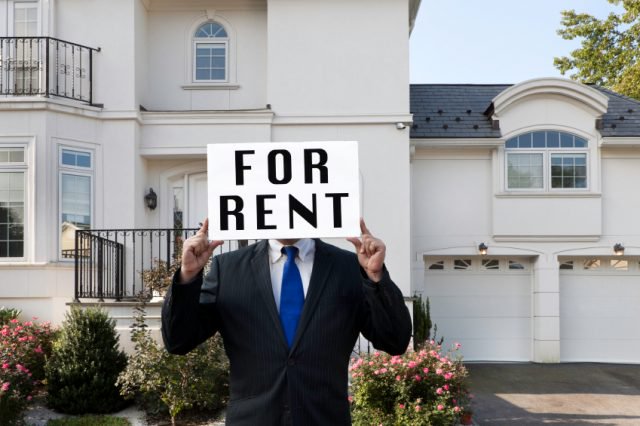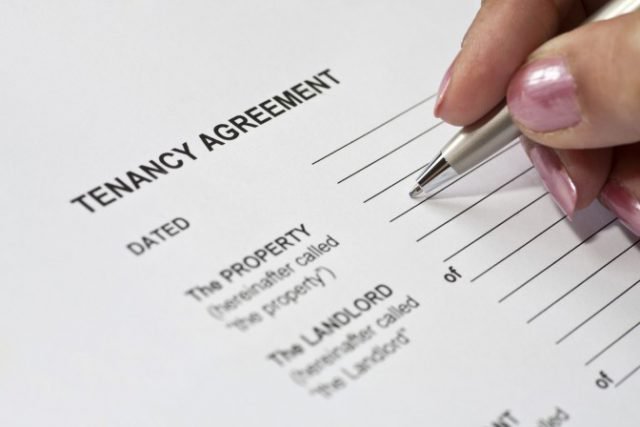House Price Growth Fuels Tenant Evictions, According to Generation Rent
Recent house price growth of 10% has caused a 60% rise in private tenant evictions, according to lobby group Generation Rent.
The organisation is calling on the Government for greater protection for renters from no-fault evictions.
Private tenants in England are now 2.5 times more likely to be evicted without their landlord giving a reason than they were during the 2009 recession.
Link between house prices and evictions
The analysis found that when house prices started falling, the number of no-fault tenant evictions also dropped shortly afterwards, followed by rent prices. When house prices started rising again, the amount of no-fault evictions followed suit nine months later, having fallen by 44%, with rents picking up after that, having dropped by 1.3%.
Since 2010, evictions have tripled, according to the data. And tenants are not to blame, insists Generation Rent, as rent arrears have dropped over the same period.
David Adler, the Oxford University academic that conducted the study, attributes the findings to investor confidence. He explains that if house prices start rising, then landlords are more likely to decide to sell and evict their tenants. When prices are coming down, landlords are less likely to try and sell and more likely to retain their rent-paying tenants. As a consequence, rent levels experience downward pressure.
Tenant evictions
Private landlords can evict their tenants without needing to give a reason under section 21 of the Housing Act 1988. Tenants served with a valid section 21 notice have no defence, and often move out of their home within the two-month notice period, without the landlord taking further action.

House Price Growth Fuels Tenant Evictions, According to Generation Rent
The study compared data for accelerated evictions – the closest measure to the number of section 21 evictions that the Government publishes – with the Office for National Statistics’ house price index and index of private rental prices.
It found that both house prices and evictions began to drop in the first quarter (Q1) of 2008.
The rental index lagged behind, falling only in Q2 2009 – more than a year later. House prices then began their ascent first, in Q2 2009. Evictions then followed, picking up again in Q4 2009. Again, the rental index lagged behind, only bouncing back in Q3 2010.
Adler compared evictions and house prices at a local authority level over a ten-year period, uncovering a highly significant relationship between house price growth and tenant evictions. He concluded that a 10% increase in house prices fuels a 60% rise in tenant evictions on average.
The total number of accelerated evictions in 2015, 16,441, means that around 39 tenants in every 10,000 were evicted using the no-fault process, with all cases going through the courts. This compares to 4,963 cases in 2009 – around 15 tenants in every 10,000.
However, Generation Rent believes that many more tenants have moved out of their homes without going through the courts, knowing that they have no defence, but the Government does not record these figures. According to the group’s polling, one in four private tenants have experienced an unwanted move.
Are rent arrears the reason?
The organisation reports that landlords often claim to need section 21 powers in order to repossess properties when tenants are in rent arrears, as the official eviction process for these cases (section 8) is too slow.
It insists that this claim might be credible if accelerated evictions rose and fell in line with rent arrears rates. In fact, data from LSL Property Services dating back to 2009 shows that arrears were at the highest level during the recession, at 11% of all rent due, and dropped to less than 7% in 2015 – the reverse of accelerated evictions rates. Generation Rent therefore states that there is very little correlation between no-fault evictions and rent arrears.
It warns that the increase in no-fault evictions comes at a time when increasing numbers of families have no option but to rent in the private sector. According to the English Housing Survey, 1.5m private rental properties are home to children, or 36% of the sector.
Changes to the law
Generation Rent is calling on the Government to reform the private rental sector in order to give tenants better protection from evictions and greater stability in their homes, and encourage landlords who are committed to providing long-term homes.
By abolishing the section 21 eviction process, the group claims that the Government would encourage landlords who wished to sell to do so with their tenants in situ. It believes that should landlords have a genuine reason to repossess their property from a tenant, they must have appropriate grounds to do so and compensate the tenant.
The organisation estimates that three months’ rent would cover the cost of an unwanted move for a tenant. As a result of this proposed change to the law, tenants would enjoy indefinite tenancies and would still be able to move if their circumstances changed.
Adler comments on the study: “These findings demonstrate that house price inflation not only makes homeownership harder to access, but undermines tenants’ security in their current home. When house prices are low and the economy is performing poorly, landlords may not be able to find another tenant or a buyer, so they are forced to negotiate with existing tenants, and rents fall. When house prices are rising, evictions allow landlords to free up their property for sale or raise their rents to a new tenant, and rents then rise.”
The Director of Generation Rent, Betsy Dillner, adds: “A tenant can pay the rent on time every month and otherwise behave impeccably, and yet still be asked to leave with two months’ notice, with no appeal and no help. The influence that house prices have on the level of evictions utterly refutes any claim that tenants are adequately protected.
“If we gave landlords a limited number of grounds for eviction and required them to provide compensation, then many would be deterred from evicting their tenants, while unwanted moves that did happen would be less stressful for the tenant.”
She continues: “Private renting is the only option for growing numbers of families and people on ordinary incomes. By making it as easy as possible for a landlord to cash in their property, our outdated law is inviting hobbyists to house them, instead of professionals.
“As long as the Government prioritises the interests of amateur landlords, renters cannot expect a stable home.”
Landlords, does house price growth have an effect on how likely you are to evict a tenant? And what do you think of Generation Rent’s calls for section 21 to be abolished?







